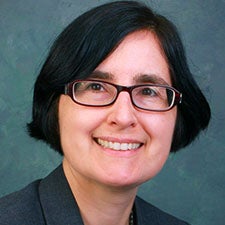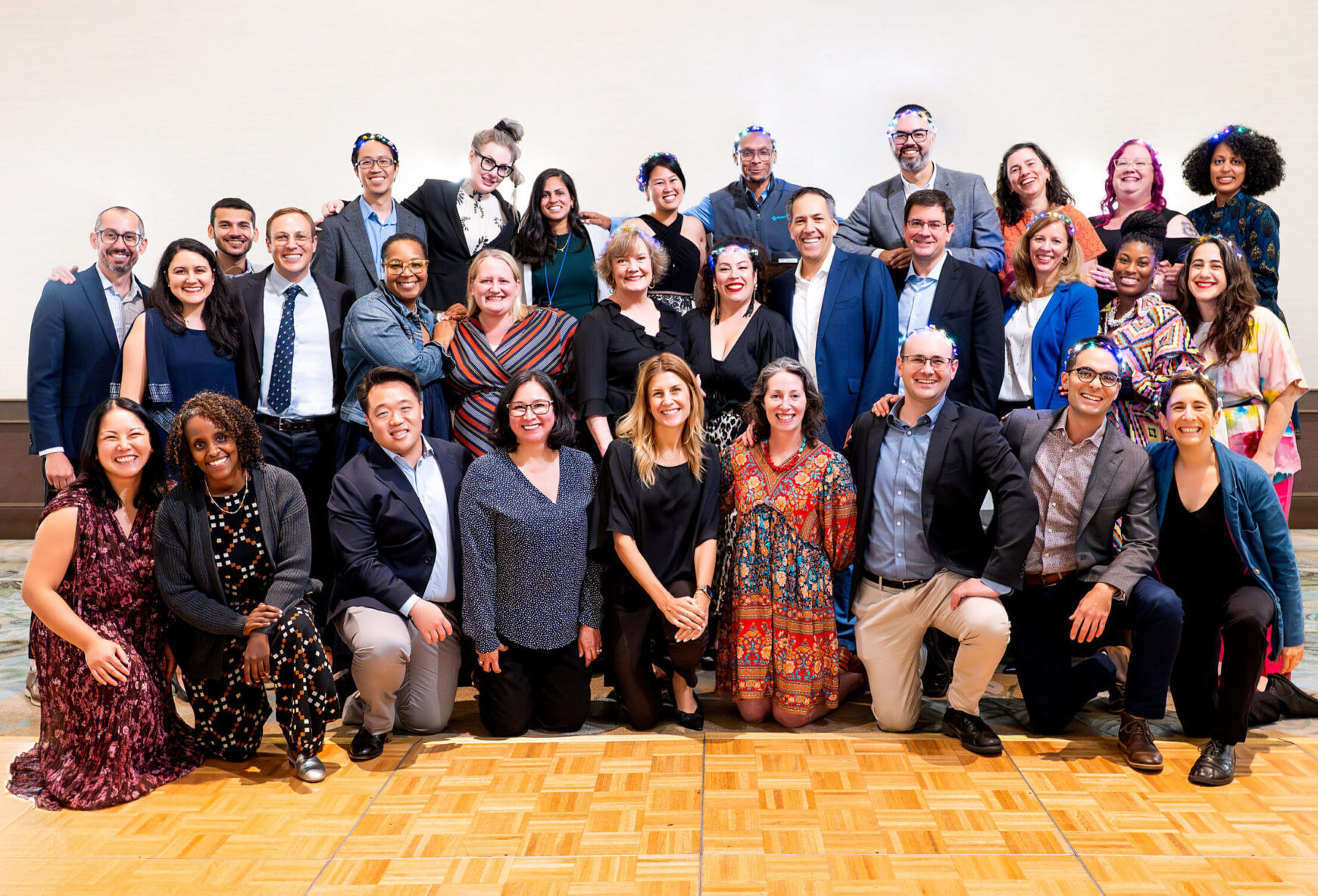
View the Report
Jump to All Downloads & LinksIntroduction
Community paramedicine is a growing health care model in which emergency medical professionals such as paramedics and emergency medical technicians (EMTs) work beyond their traditional emergency care roles and provide nonemergency care. This model is based on local need and seeks to avoid unnecessary emergency department (ED) use and to connect underserved populations with health care resources. Services are integrated into local or regional health care systems and overseen by emergency and primary care physicians. Examples of services include furnishing posthospital follow-up care, providing health education programs, giving immunizations, and referring or transporting 911 callers to more appropriate care centers, such as mental health centers, sobering centers, primary care physicians’ offices, or community health centers.
This paper provides an overview of state laws governing community paramedicine across the United States, including laws describing their scope of practice, educational requirements, and reimbursement policies. Examining other states’ policies can inform California’s efforts to build upon its ongoing pilot community paramedicine project by enacting legislation that would authorize the practice of community paramedicine statewide.
Defining Terms
The term “community paramedicine” (CP) is sometimes used interchangeably with “mobile integrated health care” (MIH), but the definitions of these terms are not necessarily congruent.
MIH is usually used as an umbrella term that refers to multiple types of services provided by emergency medical services (EMS) agencies that go beyond responding to 911 calls and transporting people to an emergency department (ED). Some MIH services are provided by paramedics, and some are provided by other types of health professionals, such as nurse practitioners and registered nurses.
CP usually refers to MIH services provided by paramedics that are beyond traditional EMS services. In some cases, CP only connotes services provided by paramedics outside of response to 911 calls, such as providing home visits to people recently discharged from a hospital or providing case management services to frequent users of EMS services. In other cases, CP also encompasses alternate destination services under which paramedics who respond to 911 calls transport people who meet eligibility criteria to destinations other than an ED, such as a sobering center or a mental health crisis center.
Ultimately, both terms speak to the objectives of reducing ED overuse, avoiding duplication of health care services, and meeting the health care needs of vulnerable and underserved communities in more pragmatic and cost-effective ways.
Legislative Efforts at Regulation: US and California
Although CP and MIH projects exist in varying forms across states, with some dating back to as early as 2002, legislative efforts to recognize and regulate community paramedicine have largely taken place within the last 10 years.
Twenty-three states have passed laws that regulate community paramedicine, establish CP pilot programs, or authorize EMS personnel to provide nonemergency care. Most states with statutory recognition of community paramedicine do not treat community paramedics as a separate licensed EMS occupation. Rather, eligible EMS professionals become CP professionals by completing further training and, depending on the state, receiving certification, approval, or endorsement. Most of these enabling statutes contain criteria for training and continuing education. Curricula may vary depending on the specific EMS agency that a prospective CP professional wants to work for, based on local needs. In addition to community paramedics, some states also recognize “community emergency medical technicians” and “community emergency medical responders” as members of the CP workforce.
California has not passed legislation regulating community paramedicine. However, since 2014, California has operated a statewide pilot project on community paramedicine under the auspices of the Office of Statewide Health Planning and Development (OSHPD)’s Health Workforce Pilot Projects (HWPP) Program. Established under Sections 128125–128195 of the California Health and Safety Code and Title 22, Division 7, Chapter 6 of the California Code of Regulations, the HWPP was founded in 1972 and waives scope-of-practice laws to test and evaluate new and innovative models of care. HWPP #173 is sponsored by the California Emergency Medical Services Authority and currently includes 15 active CP pilot projects across the state.
Summary of Legislative Oversight in Other States
Below is a summary of different types of state legislation passed that address community paramedicine. See the full issue brief (PDF) for a table with details on legislation passed by 17 states to regulate community paramedicine and similar programs. Use the interactive map for a quick overview of the legislative environment in each state.






